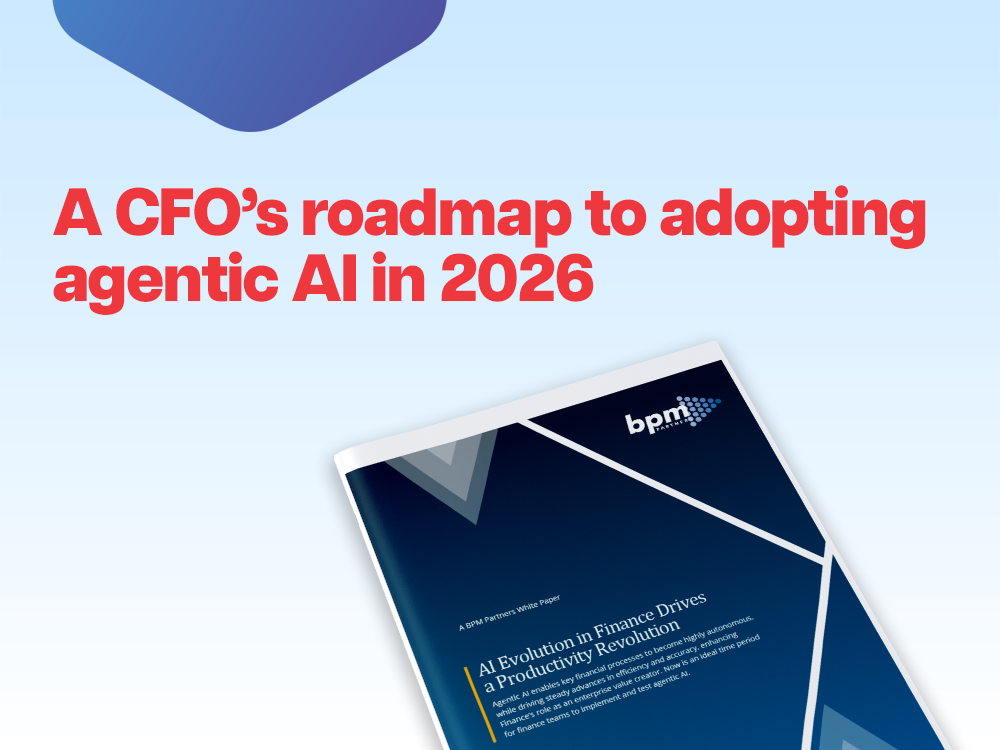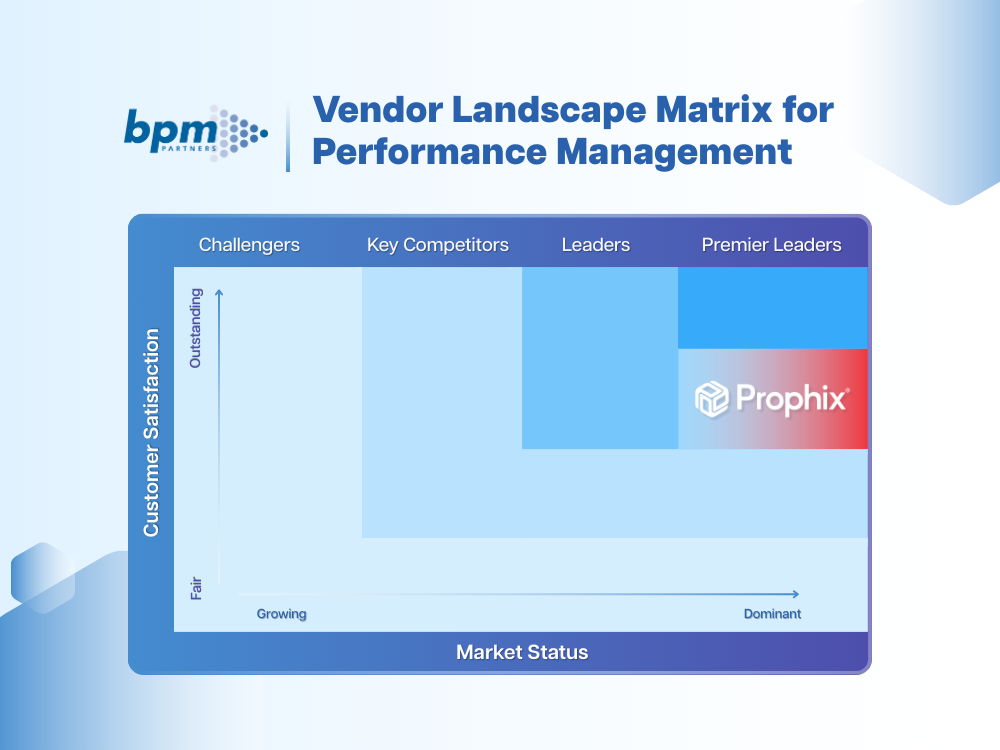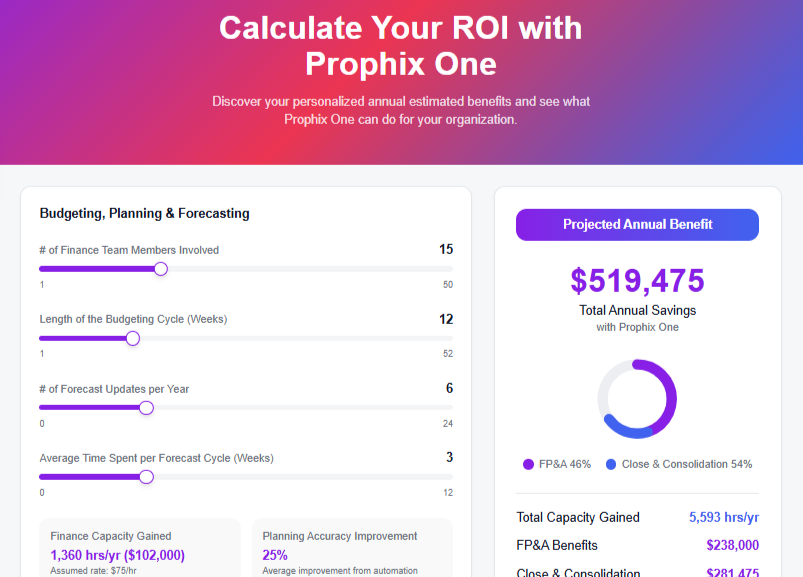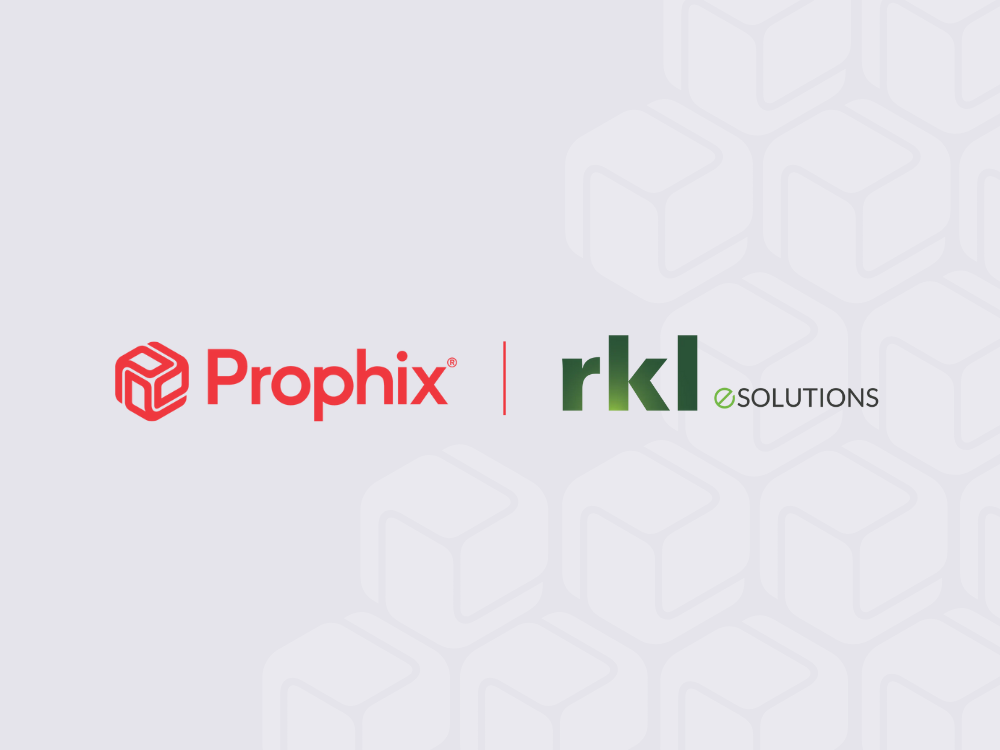Download Analyst Report
Lease accounting explained: New standards, challenges and solutions
Keeping up with the latest changes in lease accounting standards is crucial for finance and accounting teams.
January 2, 2025Keeping up with the latest changes in lease accounting standards is crucial for finance and accounting teams. In today’s fast-paced environment, where compliance is king, understanding the ins and outs of lease accounting ensures transparency, accuracy, and confidence in financial reporting. The transition to standards like IFRS 16 and ASC 842 has added complexity to an already intricate process, posing a challenge as many organizations try to adapt.
Even though these standards are already implemented, organizations continue to face difficulties with their ongoing compliance. According to research conducted in 2023, 43% of respondents confirmed they still fail to return the majority of their assets on time and 53% of respondents said that lease accounting isn’t integrated with the month-end close process.
Despite many organizations purchasing dedicated lease accounting solutions, 72% of respondents believe that their current solution does not provide full functionality to handle their lease accounting needs and reporting requirements, in particular “Day 2” requirements to effectively deal with modifications.
This article dives into everything you need to know about lease accounting, from understanding the basics to exploring how tools like Prophix can help finance teams overcome challenges and ensure compliance.
What is lease accounting?
Lease accounting is a method of recording and reporting lease transactions in financial statements. It involves identifying, measuring, and presenting leases in accordance with accounting standards such as IFRS or GAAP. The process includes classifying leases as either operating or financing, recognizing lease assets and liabilities, and disclosing essential information about leasing arrangements.
Why is lease accounting important?
Before IFRS 16 and ASC 842, lease accounting standards such as IAS 17 and ASC 840 primarily classified leases as either operating or finance. Operating leases were treated as off-balance-sheet items, meaning companies could avoid recording these liabilities, often obscuring the true extent of their financial obligations.
The introduction of IFRS 16 and ASC 842 aimed to address these gaps by requiring almost all leases to be recognized on the balance sheet, providing a clearer picture of an organization’s financial health. Today, lease accounting is pivotal in shaping the financial narrative of a business.
- Impacts financial statements: Accurate lease accounting ensures the integrity of balance sheets, income statements, and cash flow reports.
- Influences stakeholder decisions: Investors, lenders, and regulators rely on clear and consistent financial data to assess a company's performance and risks.
- Drives operational decisions: Understanding lease obligations helps businesses optimize cash flow, negotiate better lease terms, and strategize asset usage.
Neglecting lease accounting accuracy can lead to compliance issues, financial misrepresentation, and loss of stakeholder trust.
Key concepts in lease accounting
Understanding the key concepts in lease accounting is essential for how leases are recorded and managed under the current financial reporting standards (IFRS 16 and ASC 842). These standards require organizations to recognize right-of-use (ROU) assets and lease liabilities on the balance sheet, which brings more transparency to lease obligations. This shift impacts financial statements, especially for lessees, as both the leased asset and the liability are amortized over time, affecting the balance sheet and income statement.
Lessee vs. Lessor
Lessees record a right-of-use (ROU) asset and a lease liability at the start of the lease. Over time, these are amortized or reduced, affecting income statements and balance sheets.
Lessors classify leases as operating, direct financing, or sales-type, each with distinct accounting treatments. For instance, operating leases allow lessors to retain the asset on their books, whereas sales-type leases transfer ownership benefits to the lessee.
Types of leases: Operating vs. financing
- Operating lease: The lessee uses the asset, but doesn’t assume ownership risks. These leases are treated as expenses over time.
- Finance lease: The lessee assumes ownership risks, often leading to the asset being capitalized on the balance sheet.
What is a journal entry for a lease?
Journal entries for leases record the financial impact on a company's accounts and ensure compliance with accounting standards. These entries reflect whether the lease is classified as finance or operating, and impacts how assets, liabilities, and expenses are recorded.
Finance lease entries
Finance leases are treated as asset purchases financed by loans.
- Initial recognition: Record the present value of lease payments.
- Debit: Right-of-Use asset
- Credit: Lease liability
- Subsequent entries: Payments are split into interest and principal, while the assets are amortized.
Example for year 1:
- Debit: Lease liability, interest expense
- Credit: Cash
Operating lease entries
Operating leases record lease payments as expenses over time.
- Initial Recognition: Same as finance leases, with ROU asset and lease liability.
- Subsequent Entries: Recognize a straight-line lease expense.
Example for year 1:
- Debit: Lease expense
- Credit: Lease liability, cash
Common lease accounting terms
- Lease term: The period during which a lessee has the right to use the asset.
- Right-of-Use (ROU) asset: The asset recognized by a lessee for using a leased item.
- Incremental Borrowing Rate (IBR): The discount rate used to calculate lease liabilities when no explicit rate is provided.
Learn how to accelerate your lease accounting compliance.
The evolution of lease accounting standards
The shift to IFRS 16 and ASC 842 transformed lease accounting. Previously, operating leases were off-balance sheet, allowing businesses to minimize liabilities.
For lessees, this change emphasizes the importance of accurate data collection, robust internal controls, and adaptable systems to meet these standards. Prophix’s reporting and analytics capabilities simplify compliance, providing real-time insights and automated reporting.
Leasing: Advantages and disadvantages
Leasing has become a popular financing method for businesses due to its flexibility and operational benefits. However, it also comes with its share of drawbacks, especially in light of evolving accounting standards like IFRS 16 and ASC 842. Here's a detailed look at the pros and cons:
Advantages of leasing
- Financial flexibility:
Leasing allows businesses to avoid large upfront capital expenditures that come with purchasing assets outright. Instead of tying up capital, companies can preserve cash flow for other strategic investments or operational needs. For example, a company can lease essential equipment or office spaces without depleting its financial reserves, so they can ensure liquidity in uncertain times. - Operational agility:
Leasing provides the ability to upgrade assets like machinery, vehicles, or technology as newer models become available. This is particularly beneficial in industries where technological advancements occur rapidly. This ensures businesses remain competitive without the burden of owning outdated assets. - Tax Benefits:
In many jurisdictions, lease payments are fully or partially tax-deductible as business expenses. This reduces the taxable income and improves the company’s overall tax efficiency. Additionally, leases may offer greater flexibility in structuring payment terms, further optimizing tax savings over time.
Disadvantages of Leasing
- Increased compliance burden:
The introduction of IFRS 16 and ASC 842 requires companies to record most leases on their balance sheets, which increases the complexity of financial reporting. Businesses must invest in systems and processes to comply with these standards, leading to additional administrative costs and potential training needs for their accounting teams. - Long-term costs:
While leasing eliminates large upfront payments, it often results in higher costs over time compared to purchasing an asset outright. For example, leasing a fleet of vehicles for five years might cost more in total than buying the vehicles upfront, particularly if the residual value of the owned assets would have benefited the company. - Lack of ownership benefits:
Unlike ownership, leasing does not provide residual value or equity in the asset. Businesses must either return the leased item or renegotiate a new lease agreement, potentially facing higher costs or limited options at the end of the lease term.
Understanding these trade-offs is crucial for making informed leasing decisions.
Lease accounting example
Imagine a company signing a five-year lease for equipment worth €100,000 annually. Under IFRS 16:
- Initial journal entry:
- ROU asset: €500,000
- Lease liability: €500,000
- Monthly amortization:
- Depreciation expense: €8,333
- Interest expense: Calculated based on lease liability.

Overcoming lease accounting challenges with Prophix
Common challenges:
- Identifying embedded leases: Businesses often miss leases embedded in contracts.
- Handling lease modifications: Adjusting terms requires remeasurement of liabilities.
- Meeting disclosure requirements: Providing accurate and detailed reports can be labor-intensive.
How Prophix can help:
- Embedded lease identification: AI-driven tools flag contracts with embedded leases.
- Automated modifications: Prophix recalculates liabilities instantly when lease terms change.
- Customizable reporting: Generate compliant reports with a few clicks, ensuring transparency and accuracy.
Lease accounting software: Features and benefits
Prophix streamlines lease accounting with features tailored to compliance, efficiency, and control:
- Comprehensive integration: Consolidate lease data with broader financial processes.
- IFRS 16 and ASC 842 compliance: Pre-built templates simplify standard adherence.
- Real-time visibility: Monitor lease obligations and generate insights effortlessly.
- Automation: Minimize manual data entry and reduce error rates.
The future of lease accounting
Lease accounting is evolving rapidly, influenced not only by established standards like ASC 842 and IFRS 16 but also by emerging regulations like the Corporate Sustainability Reporting Directive (CSRD) and global sustainability initiatives.
CSRD’s impact on lease accounting
The European Union's CSRD significantly influences lease accounting by requiring companies to integrate environmental, social, and governance (ESG) metrics into their reporting, especially for leased assets like real estate, vehicles, and equipment. This involves:
Emissions reporting
Companies must calculate and disclose Scope 3 emissions, which include indirect greenhouse gas emissions from leased assets. Examples include:
- Leased real estate: Reporting energy use and emissions from office spaces or warehouses.
- Vehicle fleets: Tracking emissions from leased vehicles, including fuel consumption and mileage.
Data integration
Lease data must align with ESG reporting, demanding centralized and automated systems to track financial and sustainability metrics, such as carbon intensity. This requires:
- Centralized systems: Unified platforms for lease and ESG data.
- Real-time reporting: Automated tools for continuous tracking.
- Cross-department collaboration: Coordination between finance and sustainability teams to ensure accurate data.
Enhanced disclosures
Beyond financial obligations, companies must report how leased assets align with their sustainability goals. This includes:
- Energy efficiency: Highlighting leased properties with renewable energy features.
- Alignment with goals: Explaining how leases reduce carbon footprints or support net-zero targets.
- Mitigation efforts: Actions like adopting greener leasing options or improving asset efficiency.
The CSRD transforms lease accounting into a strategic ESG initiative, ensuring transparency and driving sustainable business practices.
Other frameworks, such as the Global Reporting Initiative (GRI) and the Task Force on Climate-Related Financial Disclosures (TCFD), are pushing for detailed environmental disclosures. For example:
- The GRI 305 Standard focuses on emissions and energy usage, requiring companies to track the environmental impact of leased properties and equipment.
- TCFD recommendations encourage companies to disclose climate-related risks, which could include reliance on unsustainable leases or energy-inefficient properties.
Emerging technologies like AI and machine learning promise to further simplify lease accounting. Trends indicate a shift towards predictive analytics, where software anticipates lease renewals, modifications, and their financial implications.
Finance leaders should prepare by investing in adaptable solutions like Prophix, ensuring they stay ahead of regulatory and technological changes.
Prophix: Ensuring lease accounting compliance and accuracy
Lease accounting is no longer just about compliance—it’s about efficiency, accuracy, and strategic decision-making. Prophix empowers organizations to navigate the complexities of IFRS 16 and ASC 842 while enhancing their overall financial operations.
Explore how Prophix can transform your lease accounting processes.





